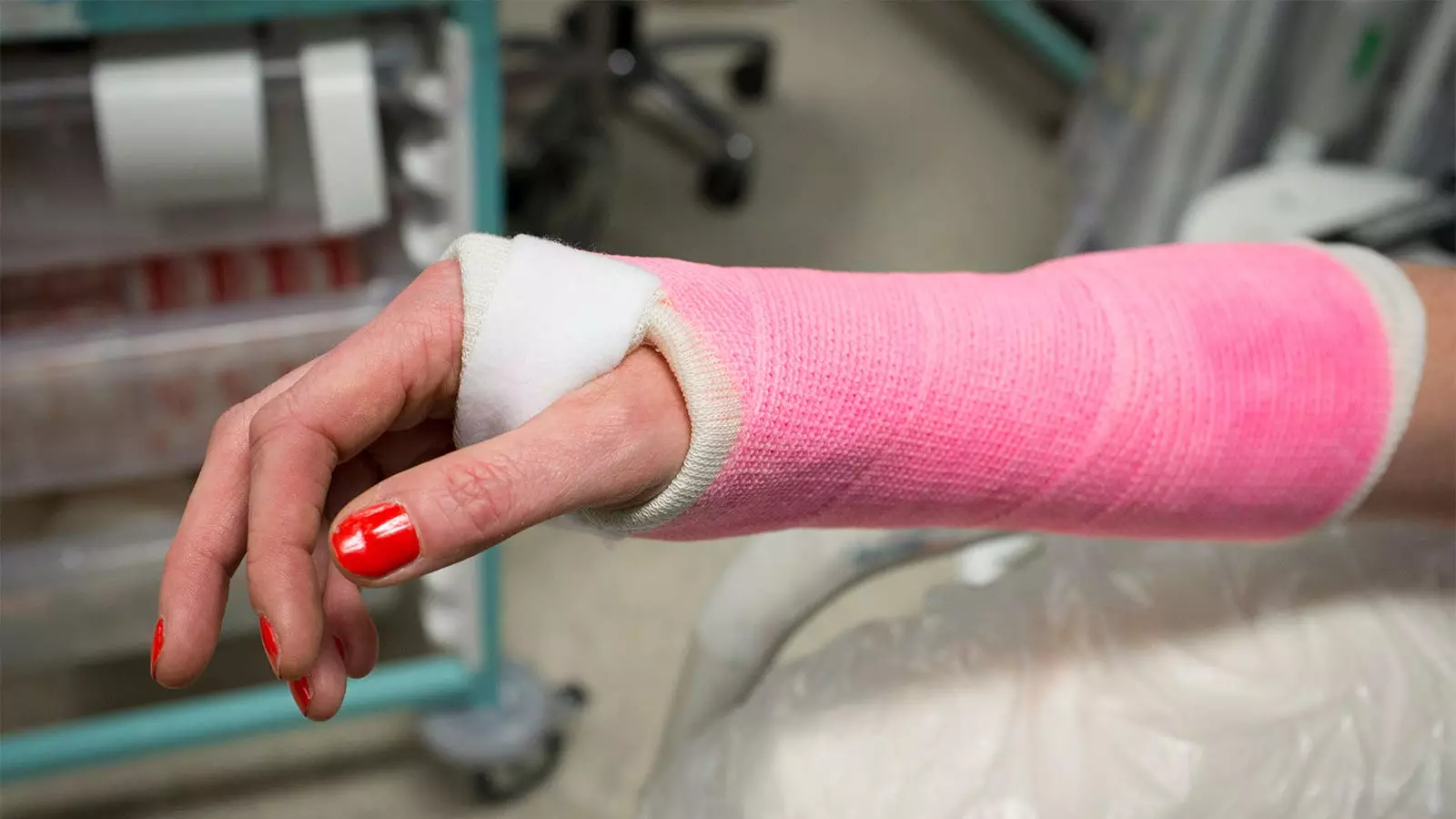The study conducted by Nicole Wright, PhD, MPH and her colleagues sheds light on the racial and ethnic disparities in fracture rates among postmenopausal women. The findings revealed that while white women had the highest rates of fractures, other racial and ethnic groups were not far behind. Black, Pacific Islander, Asian, and multiracial women had significantly lower risks for any clinical fracture compared with white women. These results are consistent with prior studies that used data from the Women’s Health Initiative (WHI), which is the largest cohort of racially and ethnically diverse postmenopausal women evaluating fractures.
One intriguing aspect of the study was the differences in fracture incidence rates among Hispanic and Asian women. Asian Indian women had the highest age-standardized incidence rate for any fracture, comparable to that of white women. On the other hand, Filipina women had the lowest incidence rate, which was 47% lower than that of white women. Similarly, Cuban women among the Hispanic group had the highest fracture incidence rate, while women of unspecified Hispanic origin had the lowest. These disparities highlight the need for targeted fracture prevention strategies for specific racial and ethnic groups.
The study’s findings underscore the importance of bone health management in all women and men to prevent fractures. According to Wright, fracture prevention should be an emphasis for American Indian and Alaskan Native, Asian Indian, and Cuban women who are at higher risk. Given the changing demographics in the U.S., particularly in older adults, it is essential to provide information on fracture incidence in diverse racial and ethnic categories. This is crucial, especially for the Hispanic community, which is now the largest racial and ethnic minority group in the U.S.
The authors of the study emphasized the need for future longitudinal studies to evaluate the contributors to racial and ethnic differences in fracture rates. Understanding these disparities can help develop interventions aimed at minimizing known disparities in osteoporosis management and fracture outcomes. The study included a large sample size of postmenopausal women enrolled in the WHI, providing valuable insights into fracture risks among diverse racial and ethnic groups. The comparisons were adjusted for age, WHI time period, and trial arm, but certain factors like education level, income, acculturation, and bone mineral density were not adjusted for, indicating a limitation to the study.
The study on fracture rates among postmenopausal women highlights the need for targeted fracture prevention strategies for specific racial and ethnic groups. The disparities in fracture rates among different racial and ethnic groups underscore the importance of addressing bone health management across diverse populations. Future research and interventions are necessary to understand and minimize these disparities, ultimately improving outcomes in osteoporosis management and fracture prevention.


Leave a Reply